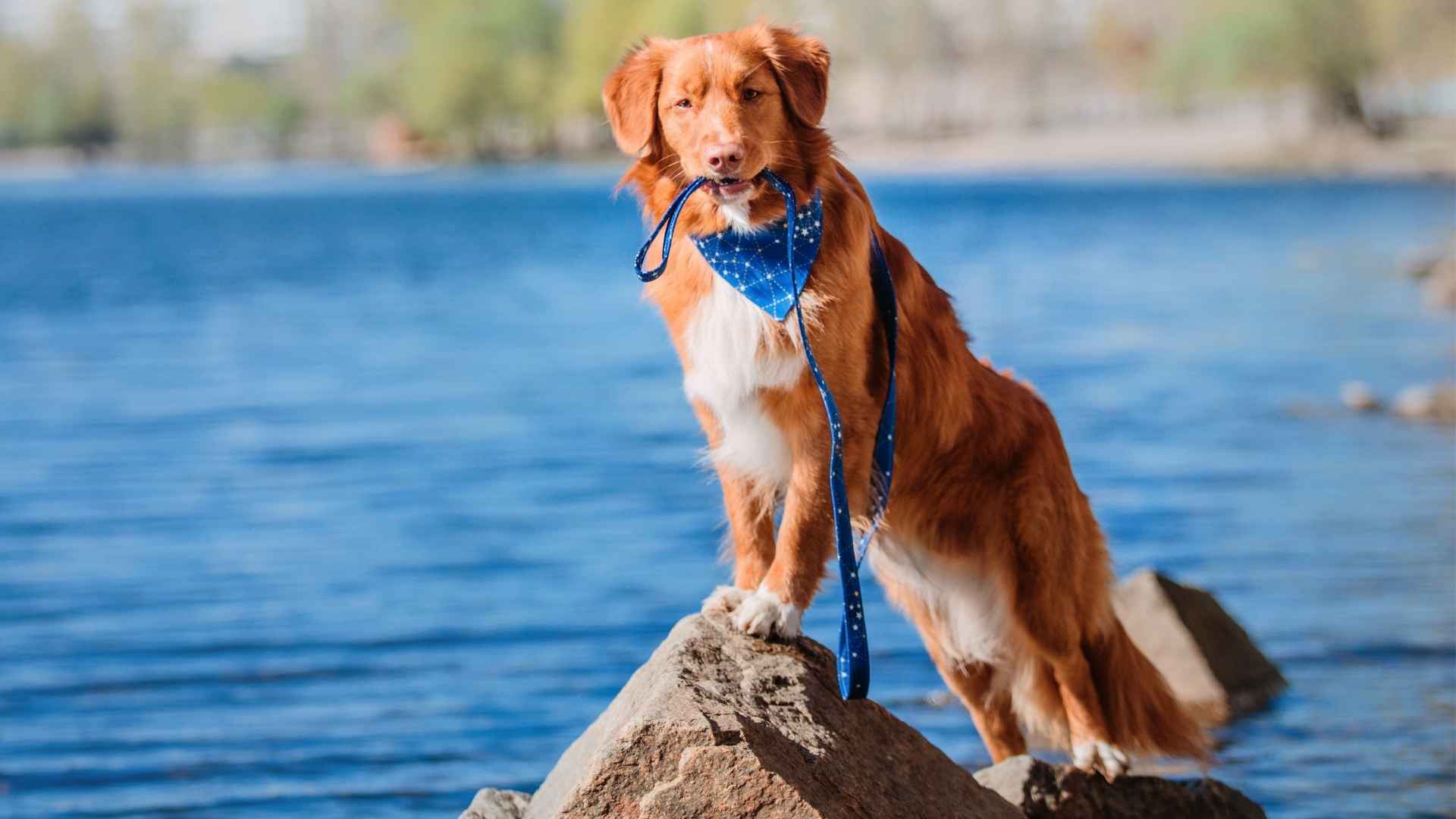Imagine a furry companion tucked beside you at the water’s edge, still and attentive, just waiting for the next tug or ripple. That quiet focus isn’t accidental—it reflects a blend of intuition, history, and temperament shaped by centuries of selective breeding.
Retriever‑type dogs—originally bred to bring game back from water—end up being particularly calm at the shoreline. Their temperament is built around traits like a keen willingness to please, trainability, soft mouth, and a steady, attentive nature. That makes them naturally suited to sit by the water, quietly alert, ready for the moment action arrives.
These dogs don’t fidget or bark; they stay engaged without fuss. What this means is that whether it’s watching a bobber drift or just enjoying the quiet, you get a companion whose behavior enriches the experience rather than distracts.
Dog Breeds that wait Patiently Near Fishing Spots
Here are the seven fishing dogs:
1. Alaskan Malamute
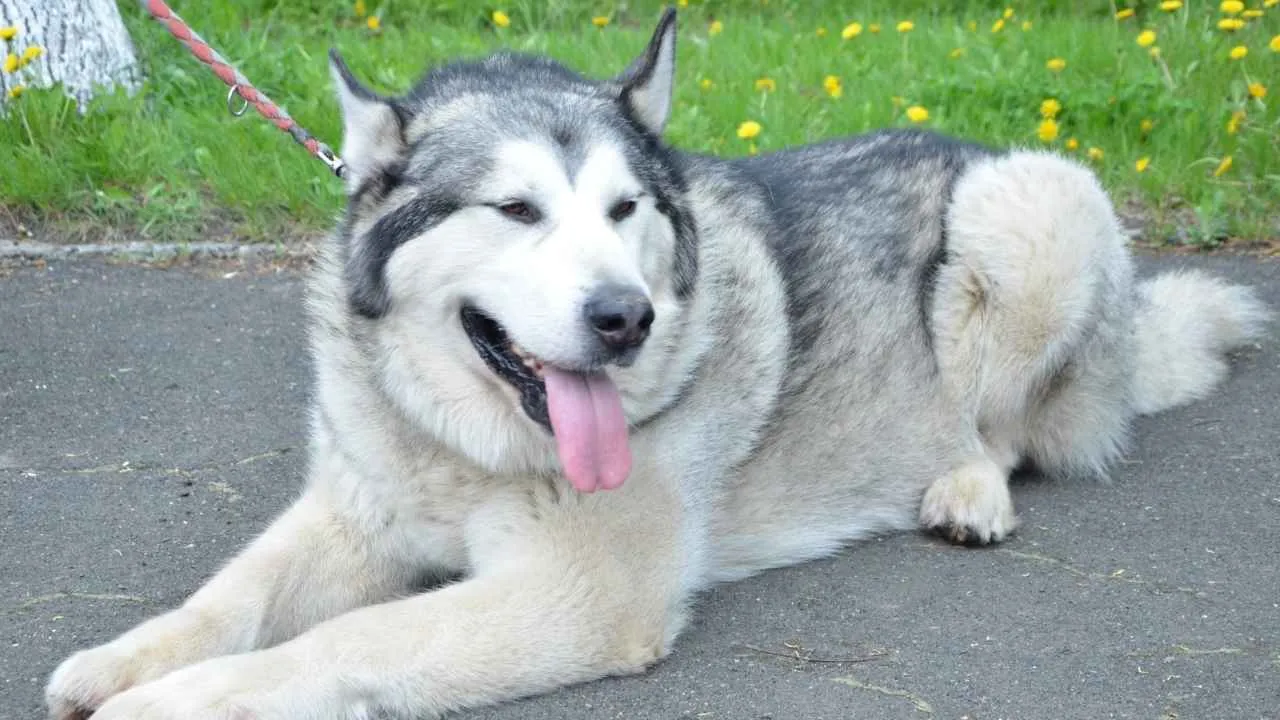
If you’re a pet parent who spends hours near quiet rivers waiting for the next bite, the Alaskan Malamute might be your ideal fishing buddy. This powerful, ancient breed comes from the western part of Alaska and was originally bred by an Inuit tribe.
They also had a role in fishing adventures. Their love for swimming, high energy, and patience make them an excellent choice for fishing spots where you need a calm, steady presence by your side.
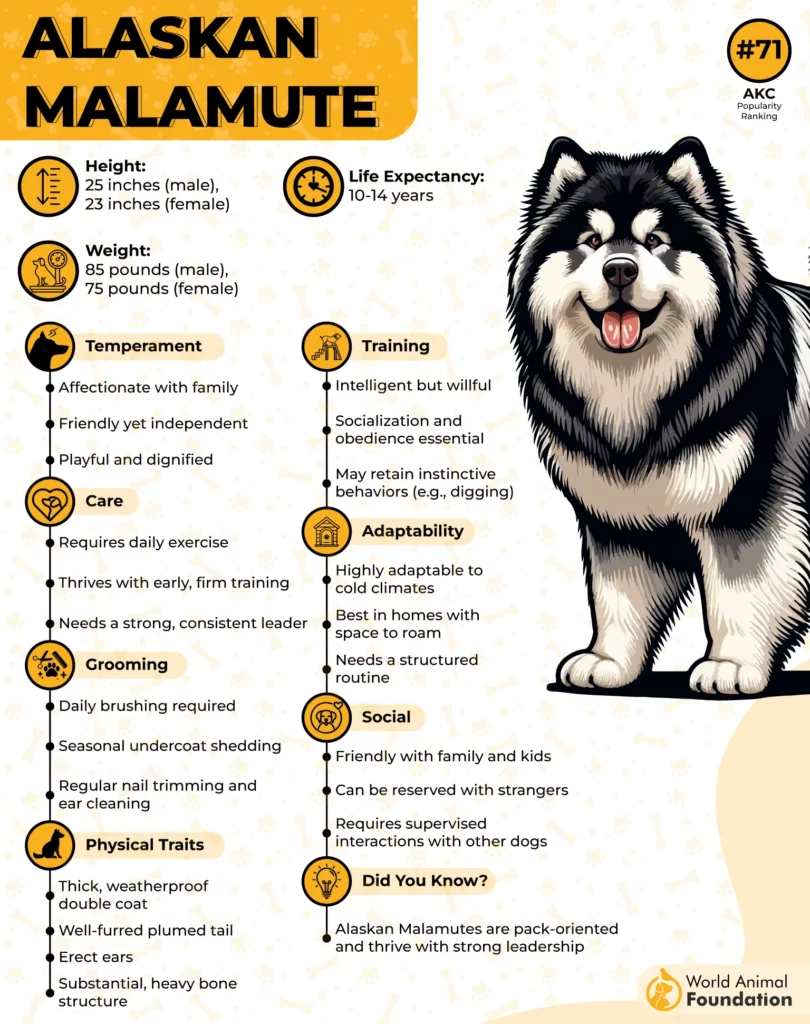
Originated over 5,000 years ago with the first North American settlers.
Historically used for sled pulling, hauling gear, and tracking during Arctic expeditions.
According to PetMD, they are naturally quiet but expressive—they’re more likely to howl than bark.
Used in both World Wars for rescue missions, mine detection, and supply delivery.
Thrive in cold climates and love outdoor activities, especially those involving fly fishing or riverbank camping.
Need regular exercise and space to roam, not a dog to keep cooped up indoors.
Here’s the thing—this isn’t just a good fishing dog, it’s a great dog for anyone who wants company while casting a line or waiting for a trout to nibble.
Malamutes are loyal, gentle with children, and smart enough to know when to sit, watch, and simply enjoy the company of their human without constant stimulation.
2. Australian Shepherd
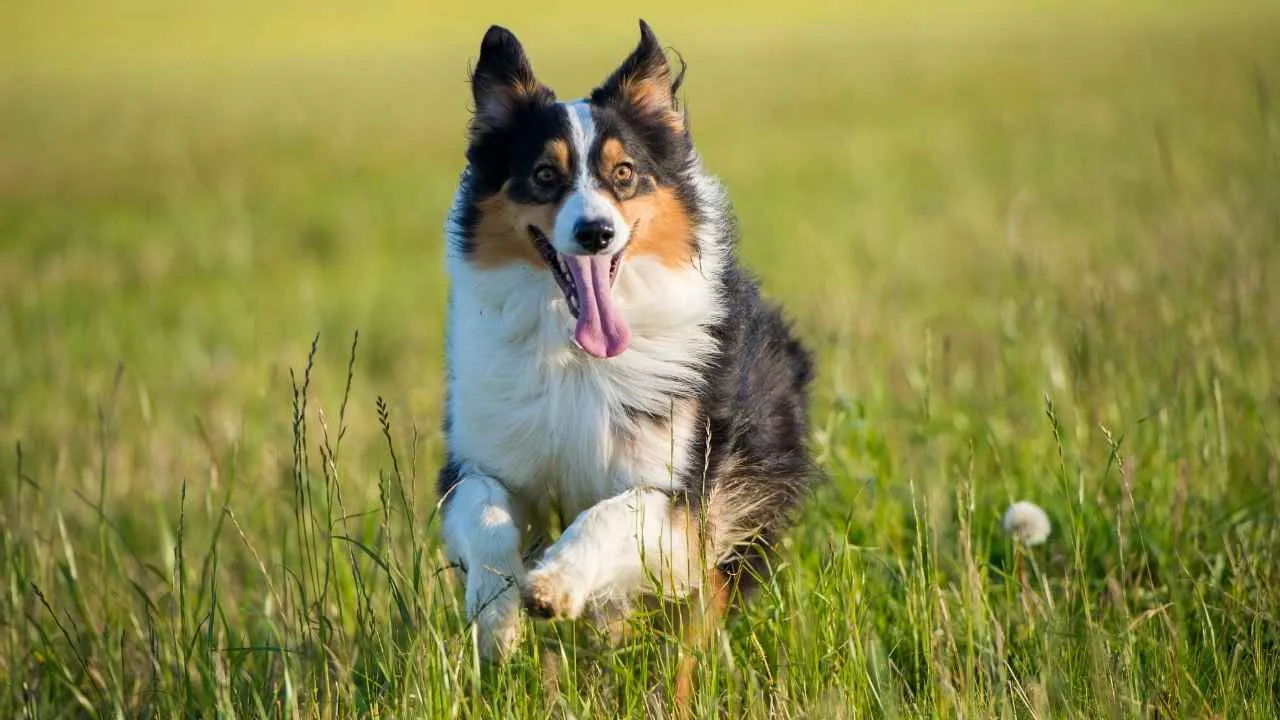
The Australian Shepherd, or “Aussie,” may not come from Australia, but it’s earned a reputation across the U.S. as a powerhouse of agility, intelligence, and loyalty. These dogs aren’t just herders—they’re born adventurers.
Their calm focus makes them ideal for fly fishing trips, especially when long hours require a steady companion who won’t chase every ripple in the water. When trained well, an Aussie knows exactly when to stay put, when to retrieve, and when to simply lie low near your fly rod while you cast your line.

Naturally athletic with high stamina—perfect for long fishing hikes through rough areas.
Unusual eye colors (like blue or split eyes) add to their striking, expressive look.
Born with short tails or docked tails, giving them a distinct silhouette.
Strong herding instincts mean they’ll often “nudge” or circle family members or even other dogs.
According to WebMD, they are known to be eager learners, which helps with leash training and obedience.
Most dog owners are surprised by just how tuned in an Aussie becomes. This is the kind of fishing dog that doesn’t need constant correction. Their ability to focus feels almost human.
3. Nova Scotia Duck Tolling Retriever
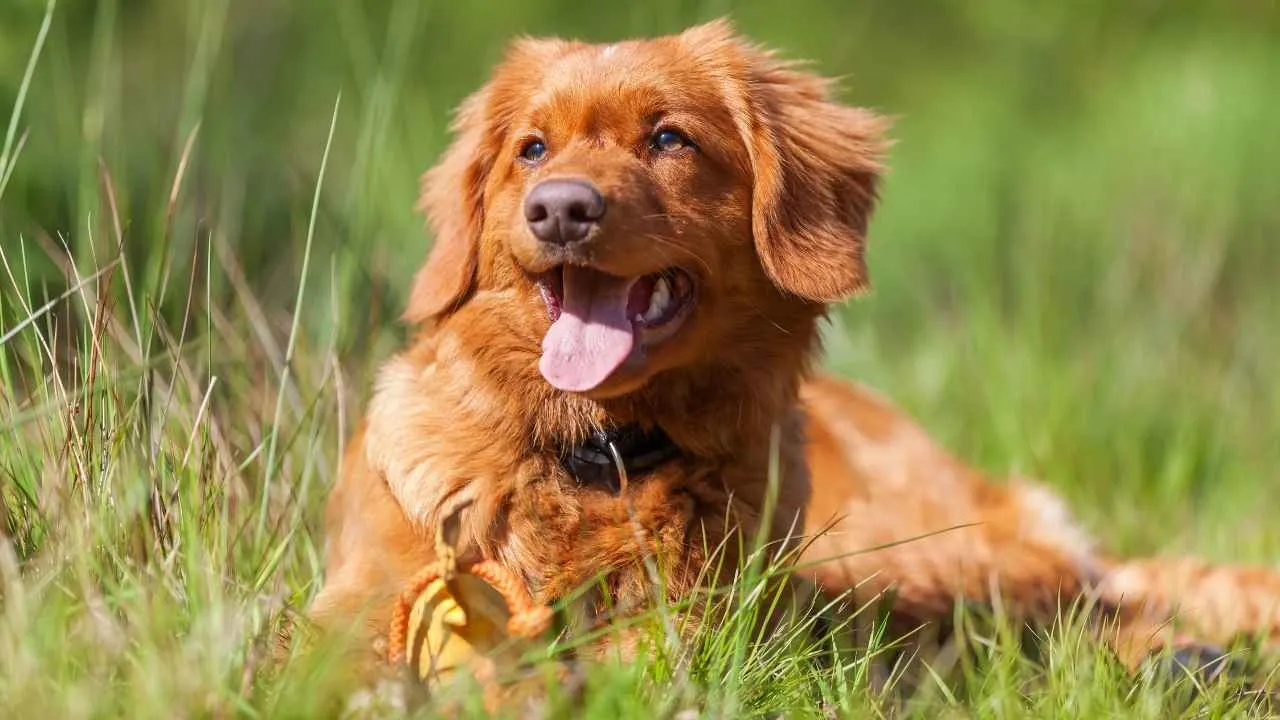
Compact, smart, and endlessly playful, the Nova Scotia Duck Tolling Retriever—often called the “Little Red Duck Dog”—is one of the most unique fishing dogs out there. As the smallest of all retrievers, they’re full of energy but surprisingly patient when the moment calls for it.
Originally bred for tolling, they’d run and play along the shore, enticing curious ducks to come closer before the hunter took the shot. Their love for water, quick learning, and high drive make them a smart pick for any dog owner who spends weekends near fishing spots.
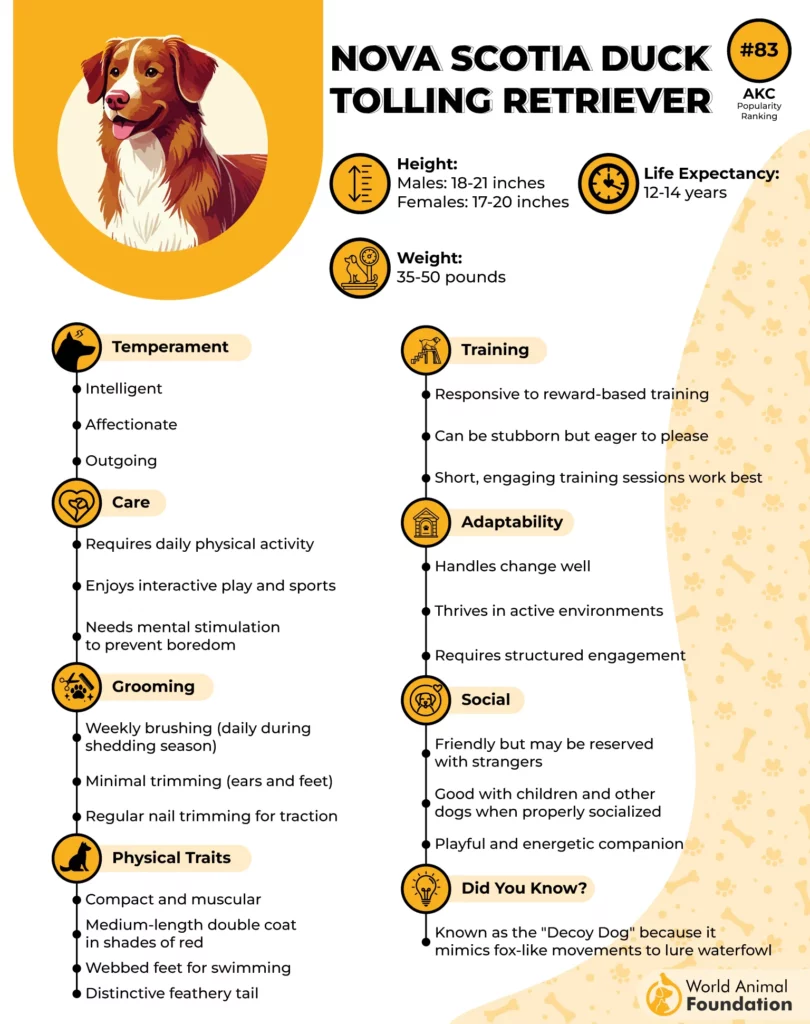
Specifically bred to lure waterfowl close using playful motion near shorelines.
Webbed feet and compact build make them powerful and agile swimmers.
Famous for a high-pitched bark that signals excitement or impatience.
Need regular outdoor stimulation—great match for active, outdoorsy types.
Not hypoallergenic and tend to shed, so grooming is a must.
Watching a Toller near the water is like watching instinct in motion—they pace, wag, crouch, then sit perfectly still, waiting for the right cue.
This dog knows how to read the line, the fly, and even the body language of their owner. Whether you’re casting for salmon or teaching your pup to sit still in the boat, this breed brings both enthusiasm and finesse.
4. Golden Retriever
If you’re the type to go fishing and enjoy the calm of a lake with your dog quietly lying nearby, the Golden Retriever is your dream fishing buddy. Originally developed in the Scottish Highlands for duck hunting, these medium-large dogs are built for both action and affection.
With their strong swim instinct, friendly nature, and deep connection to human activity, Goldens bring the perfect balance of focus and play. They thrive in the wild—on the beach, by the river, or near the boat—and are known for being deeply in tune with their owners’ routines.
Developed by Lord Tweedmouth in 19th-century Scotland for retrieving game from both land and water.
Field goldens have leaner builds and shorter, darker coats—ideal for active outdoor life.
Famous for their “soft mouth” that lets them carry trout or waterfowl without damaging them.
Frequently used as therapy dogs due to their calm, steady demeanor.
Inherently non-aggressive yet alert and emotionally intuitive—perfect for shared quiet moments outdoors.
There’s something peaceful about seeing a Golden gently paw the edge of a fly line or lie down at your feet while you wait for a nibble. They’re the kind of pup who learns your rhythm quickly—when to sit, when to stay still, and when it’s time to celebrate a catch.
5. Vizsla
If you’re the kind of angler who hikes into remote fishing spots or crosses shallow streams with a rod in hand, the Hungarian Vizsla is the dog that’ll keep pace—and never lose sight of you. Vizslas thrive in both open fields and along riverbanks.
Their stamina, attentiveness, and ease with training make them a smart match for active owners who love life outdoors. And even when off-leash, these dogs stick close, always tuned in to their owner’s body language.
Originally bred for work on land and in water, ideal for both hunting and fishing.
Extremely fast, capable of hitting up to 40 mph when sprinting.
Natural watchdogs, alert and vocal when something unfamiliar is nearby.
Easy exercise sessions with consistency, though sometimes shows a streak of stubborn independence.
Excellent around other dogs, people, and children—social but not needy.
Whether it’s waiting out a slow bite or helping retrieve gear, Vizslas blend intensity with affection. And when the day wraps, they’re just as happy curled by the door as they were bounding through the tall grass that morning.
6. Brittany Spaniel
If you’re looking for a fishing dog as a fisherman that’s all about action, agility, and companionship, the Brittany Spaniel deserves a spot at the top of your list. Bred in the French countryside for bird hunting, this medium-sized athlete thrives in the outdoors.
With their keen senses and natural drive to point and retrieve, Brittanys are great at tracking movement near the water and swimming. They’re quick, responsive to commands, and happiest when exploring the land or waiting quietly near a still river with their favorite human.
Natural-born swimmers, helped by lean builds and long snouts for easy breathing in water.
Often born with naturally bobbed tails, giving them a signature look.
Highly trainable with a strong work ethic and eagerness to engage.
Strong and toned bodies help them move effortlessly through dense cover or rocky banks.
Naturally in tune with their surroundings, alert but not overly reactive.
A Brittany is the kind of puppy that grows into a tireless fishing partner—one that matches your energy in the early morning mist and rests their head on your legs after the last cast of the day.
They aren’t just there to fetch gear or splash in the water—they’re present for every moment: the quiet, the excitement, the wonder of a good day outdoors. You’ll find they’re less of a pet, more of a good friend who makes every outing better.
7. Irish Setter
The Irish Setter isn’t just a beautiful dog—it’s a powerhouse of motion, stamina, and charm. Bred in 18th-century Ireland to set and point upland game birds, this medium-sized breed brings a rare combination of independence and eagerness.
If you enjoy fishing in wide-open spaces or hiking your way to hidden places, the Irish Setter is the dog that’ll sprint ahead, then wait patiently while you prep your line. Known for their joyful personalities and athleticism, they’re naturals around water and love any excuse to dive in.
Known for a “rollicking” personality—happy, energetic, and full of mischief.
Excellent catchers, thanks to fast reflexes and strong coordination.
Naturally retain puppy-like playfulness well into adulthood.
May require extra attention for joint and thyroid health as they age.
Fishing with an Irish Setter feels less like a quiet pastime and more like a shared adventure. They’ll pull toward the edge to sniff the breeze, jump in after a splash, or circle the reel with curiosity.
And when it’s time to get serious, they’ll sit right near the rod, watching you work with a kind of youthful excitement that never really fades.
Conclusion
In the end, the dogs that thrive near fishing spots aren’t just obedient—they’re observant, adaptable, and in tune with their surroundings. Their patience isn’t about being passive; it’s about staying connected to the moment, quietly alert, and ready when needed.
Whether it’s sitting beside the tackle box or watching the line drift with unwavering focus, these good dogs bring a kind of calm that amplifies the entire fishing experience and fills it with joy and wonder.


